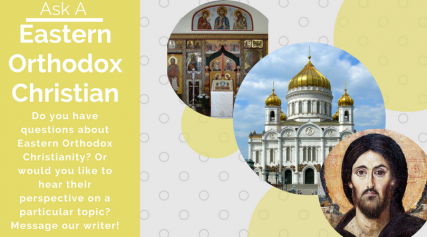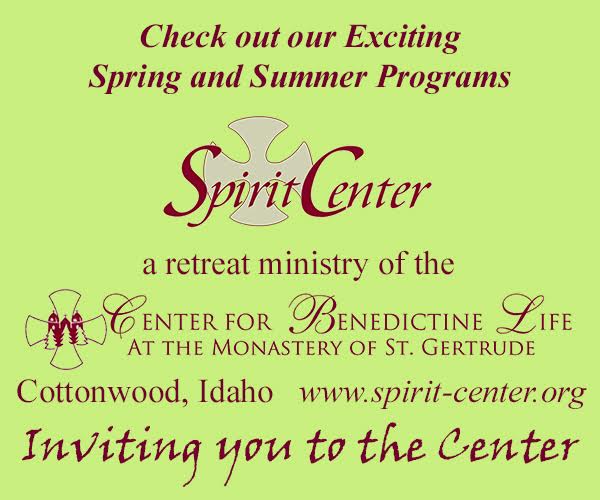What would you like to know about the Eastern Orthodox Christian faith? Submit your question.
Was Mary the mother of God?
Yes, Mary is the mother of Christ our God, known to Eastern Orthodox as the Theotokos. We know this because it is the testimony of Christ, the Apostles, the Church that Christ established, the many witnesses, Scripture passages, Christians fathers that confirmed this in their writings, and the third major council of the known Christian Church that declared this.
Mary’s life history
The Gospel of the Protoevangelion of James was written by the stepbrother of our Lord Jesus Christ Saint James the first Bishop of Jerusalem that presided over the Apostles in the first council (see Acts of the Apostles). This Gospel documents the life and birth of Mary which was widely read in the ancient church; however it was not included as a New Testament canonical book. In addition, the life and birth of Mary is documented in 140 known ancient Greek manuscripts.
In these documents, they tell us that Mary from a very young age was dedicated to the Jewish Temple until the age when she could marry. She was eventually betrothed and entrusted to the care of an older man, Joseph, who was widowed with four other children as a guardian of her virginity. Mary’s lineage was of royal Davidic and Levitical priestly heritage.

According to Mosaic Law of the Jews, the care of the mother is always given to any remaining natural children. Since her first born and only child was dying on the cross, Christ gave the care of his mother into the hands of the non-relative and beloved Apostle John according to the Scriptures in the book of John.
John 19:25-27 Near the cross of Jesus stood his mother, his mother’s sister, Mary the wife of Clopas, and Mary Magdalene. When Jesus saw his mother there, and the disciple whom he loved standing nearby, he said to her, “Woman,[b] here is your son,” and to the disciple, “Here is your mother.” From that time on, this disciple took her into his home.
In response to many of our Protestant Christian brethren about the significance of Mary the Mother of God (“Theotokos” in Greek) in the early church, petitioning her and the saints for intercessory prayer was a common practice and always has been from the very beginning.
“Beneath thy compassion, we take refuge, O Theotokos: do not despise our petitions in time of trouble, but rescue us from dangers, only pure one, only blessed one.” — AD 250.
Christians were already calling Mary ‘Theotokos’ and asking her intercessions– frequently and widespread enough that it was *written down* and we have a fragments. Addressing the saints in prayer is not a ‘later innovation.’ It is a vital part of early Christians worship and practice.
Many western Christians mistake veneration or paying honor to a saint, the Mother of God or icons of them as worshiping them. This is no different than displaying a picture of your spouse or children and showing your affection for them. Orthodox Christians only worship Christ our God.
We petition those that are in the presence of God to pray to God for us as we would ask our fellow Christians brethren to pray for us here on earth. The idea or practice in the west that once someone has gone to that great beyond that, they cease to exist or have any relevance in our lives is foreign to the ancient church.
We are all one with Christ and alive in Christ, whether you are here on earth or there in heaven. When Christ says “I in the Father” and “the Father in Me” and “I in you and you in Me” there never is a separation with our God, even when the body dies we are still one with one another in the Body of Christ our God.
John 17:21 that they all may be one, as You Father are in Me, and I in You; that they also may be one in Us, that the world may believe that You sent Me.
John 14:20 At that day you will know that I am in My Father, and you in Me, and I in you.
Major feast days of the Theotokos in the Eastern Orthodox Church are:
1. The Nativity of the Theotokos is celebrated on Sept. 8.
2. The Presentation of the Theotokos into the Temple is celebrated Nov. 21.
3. The Annunciation to the Theotokos is celebrated on March 25.
4. The Dormition of the Theotokos (Falling Asleep) is celebrated on Aug. 15.







